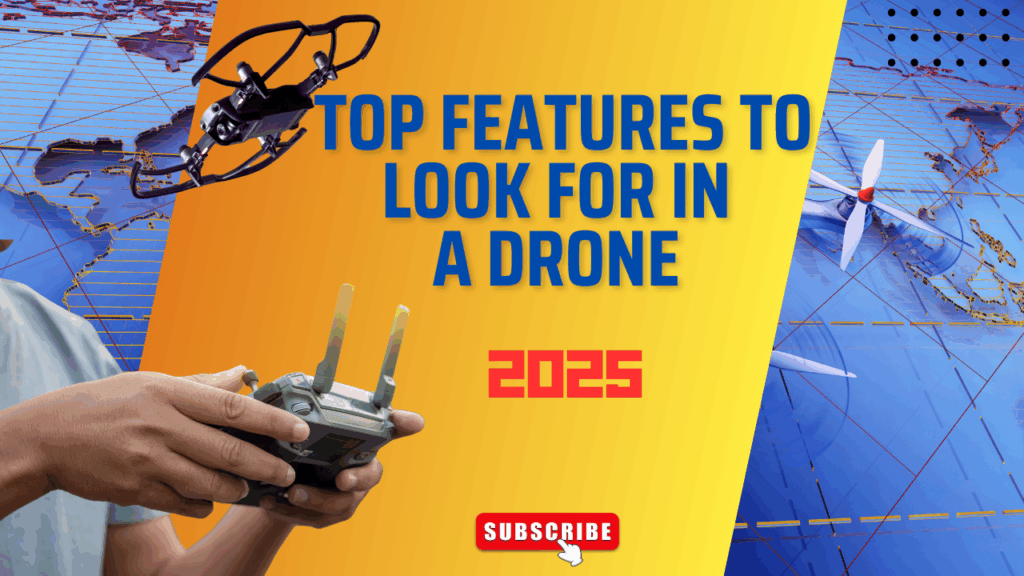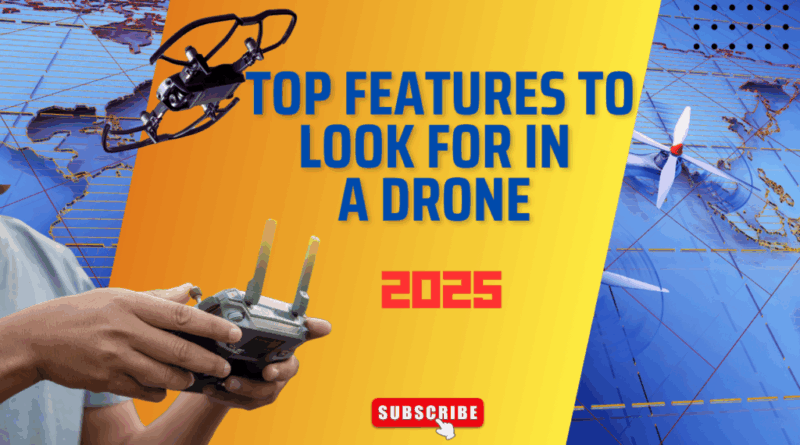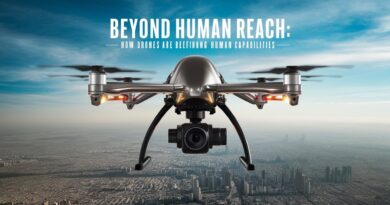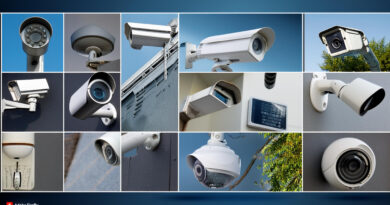What are the top features to look for in a drone for 2025


Eye in the Sky: Must-Have Drone Features for 2025
Introduction
Drones have become an integral part of our lives, evolving from mere toys to essential tools in various fields like photography, agriculture, surveillance, and delivery. As technology advances at a breakneck pace, what can we expect to see in drones by 2025? Whether you’re a hobbyist or a professional, knowing what features to look for in a drone will ensure you get the best out of these flying marvels. In this article, we’ll explore the top features you should consider when investing in a drone for 2025.
Next-Gen Camera Capabilities
With drones becoming the go-to device for aerial photography and videography, top-of-the-line camera features are a must.
High-Resolution Imaging
4K or 8K Video: Video quality continues to improve, and by 2025, drones are expected to sport cameras capable of shooting at least in 8K resolution, ensuring incredibly detailed footage.
High Megapixel Count: For still photography, higher megapixels will allow for razor-sharp images even when zoomed in or cropped.
Enhanced Stabilization
Gimbals with More Axes: As drones soar higher and further, advanced gimbal stabilization systems with possibly four axes will provide smooth footage regardless of turbulence.
“The eye in the sky is only as good as its stability on the ground.”
Advanced AI and Autonomous Features
The future of drones isn’t just in hardware but also in smarter software that allows for more autonomous operations.
Obstacle Avoidance
Multi-Directional Sensing: Expect drones to come equipped with sensors all around, not just on the front and bottom, to avoid obstacles from every direction.
Advanced Algorithms: Improved AI algorithms will better predict potential collisions and efficiently navigate through complex environments.
Route Planning and Tracking
Automatic Route Calculation: Drones will be able to assess weather patterns, obstacles, and optimize routes on-the-fly to give you the best flight experience.
Subject Tracking: Enhanced AI will allow drones to follow subjects seamlessly, whether you’re recording a sporting event or a nature trail.
Improved Battery Life and Energy Efficiency
Battery life is one of the crucial limitations in drones today, and this is set to change.
Longer Flight Times
High-Capacity Batteries: Innovations in battery technology, like solid-state batteries, are expected to drastically improve flight times, potentially reaching anywhere from 45 minutes to an hour or more.
Efficient Energy Use: New energy management systems will make better use of power, allocating it where needed most to prolong battery life.
Quick Charging Capabilities
Fast Charge Technology: Expect drones with the ability to quickly recharge in under an hour, minimizing downtime and maximizing flying time.
Connectivity and Control
As drones become more widespread, seamless connectivity and control are fundamental.
Extended Range and Signal Stability
5G and Beyond: Drones will likely operate with 5G networks, offering broader range and real-time data transfer, ensuring stability even in remote areas.
Anti-Interference Systems: These will protect drones from losing connection due to radio interference, keeping your device safe and operational.
Enhanced Mobile Integration
Smartphone Integration: Better apps and interfaces will make it easier to control drones via smartphones, offering more options and settings directly from your mobile device.
VR and AR Capabilities
Immersive Flights: Virtual and augmented reality will partner with drones, allowing users to experience their flights virtually, offering a new perspective and control angle that could be revolutionary.
Durable Design and Build
Finally, drones in 2025 will be robust and built for longevity.
Weather Resistance
Rugged Construction: Expect materials that withstand varying weather conditions, from rain-resistant shells to dustproof interiors.
Adaptable to Harsh Environments: Whether braving the arctic chill or desert heat, future drones will adapt and maintain peak performance.
Conclusion
As we look towards 2025, the drone industry is poised for exciting advancements, blending cutting-edge technology with real-world applications. From enhanced imaging capabilities to pioneering AI systems, the drones of the future promise increased autonomy, efficiency, and durability. As a potential buyer, understanding these features will ensure you remain at the forefront of this technological wave. Whether you’re capturing breathtaking vistas or inspecting infrastructure, the right drone will be a game-changer in how you perceive and interact with the world from above.
“The sky is no longer the limit—it’s a new frontier waiting to be explored.”
Excited about what the future holds? We want to hear from you! Share your thoughts or experiences with drones in the comments below. What features are you most looking forward to in 2025?
For further reading, check out resources on emerging drone technologies at DroneDJ or dive into more technical details at TechCrunch.






